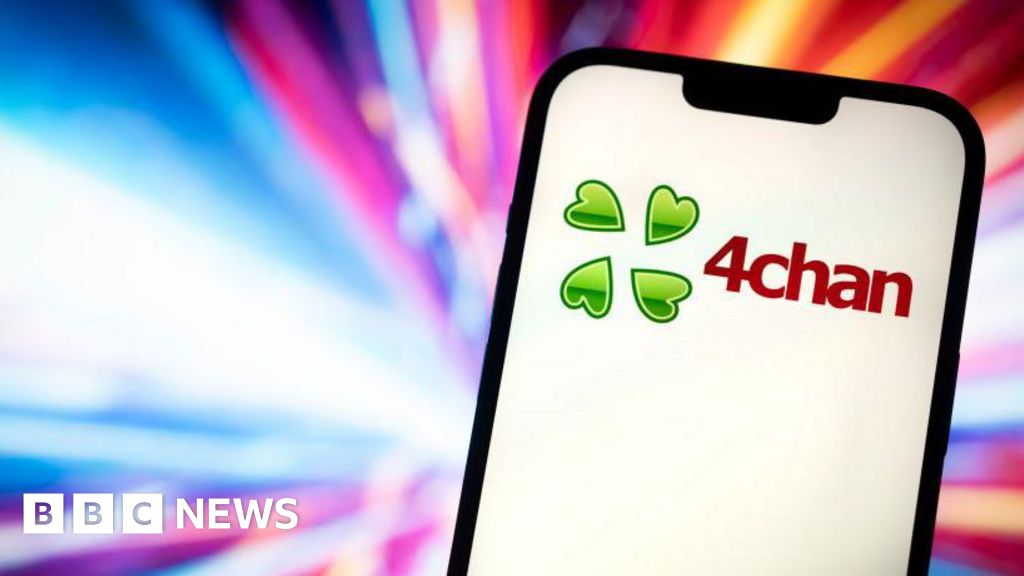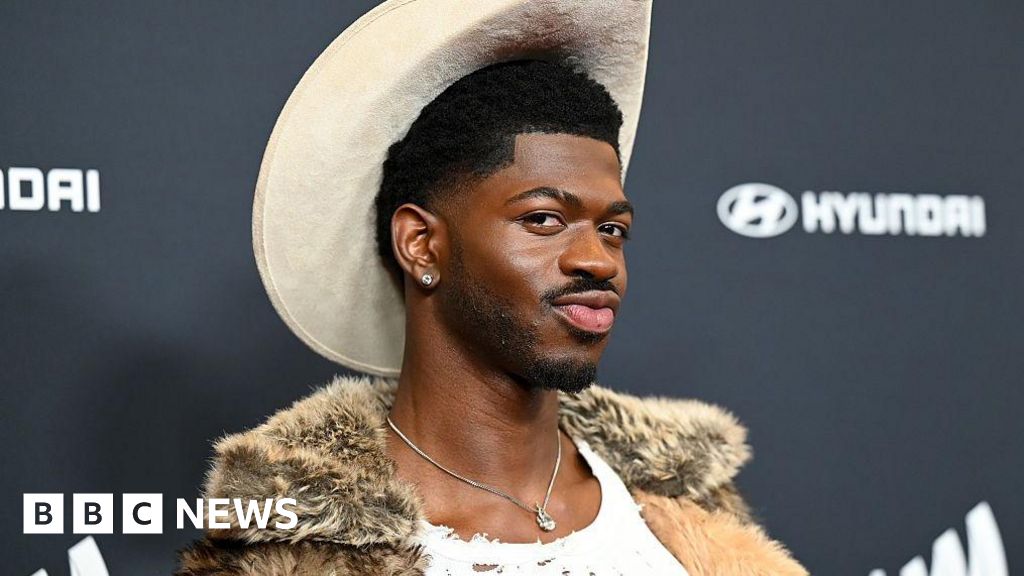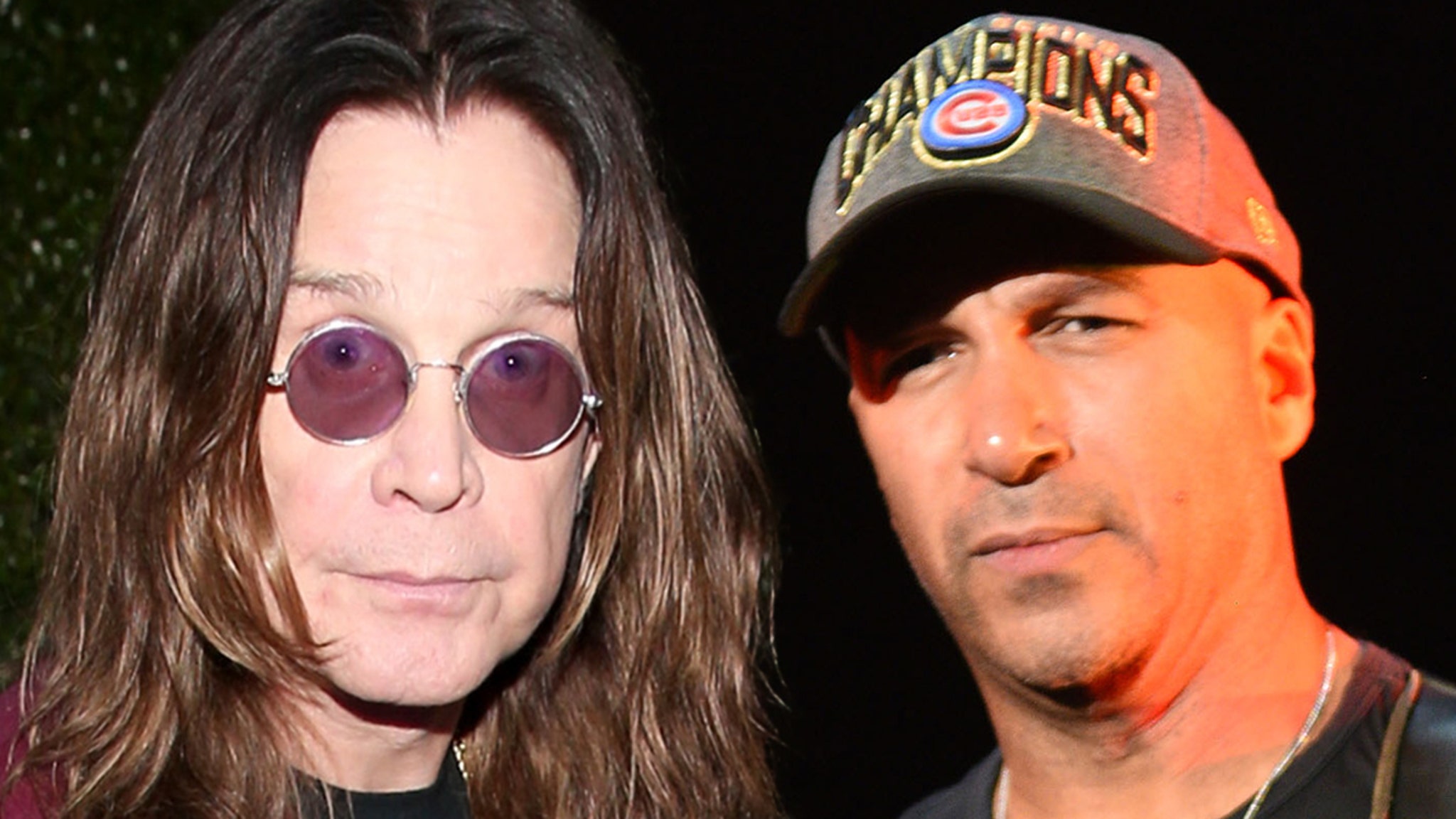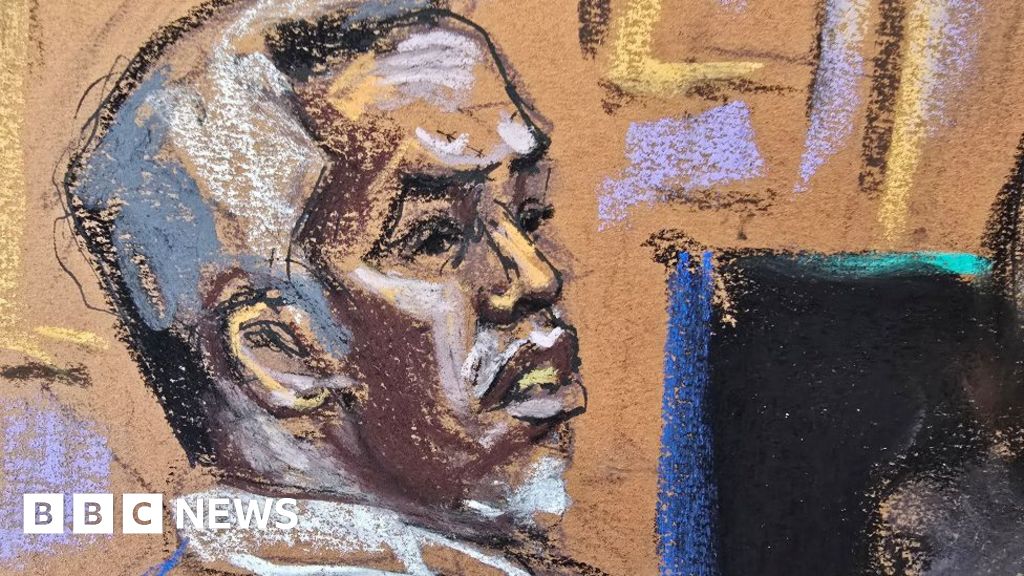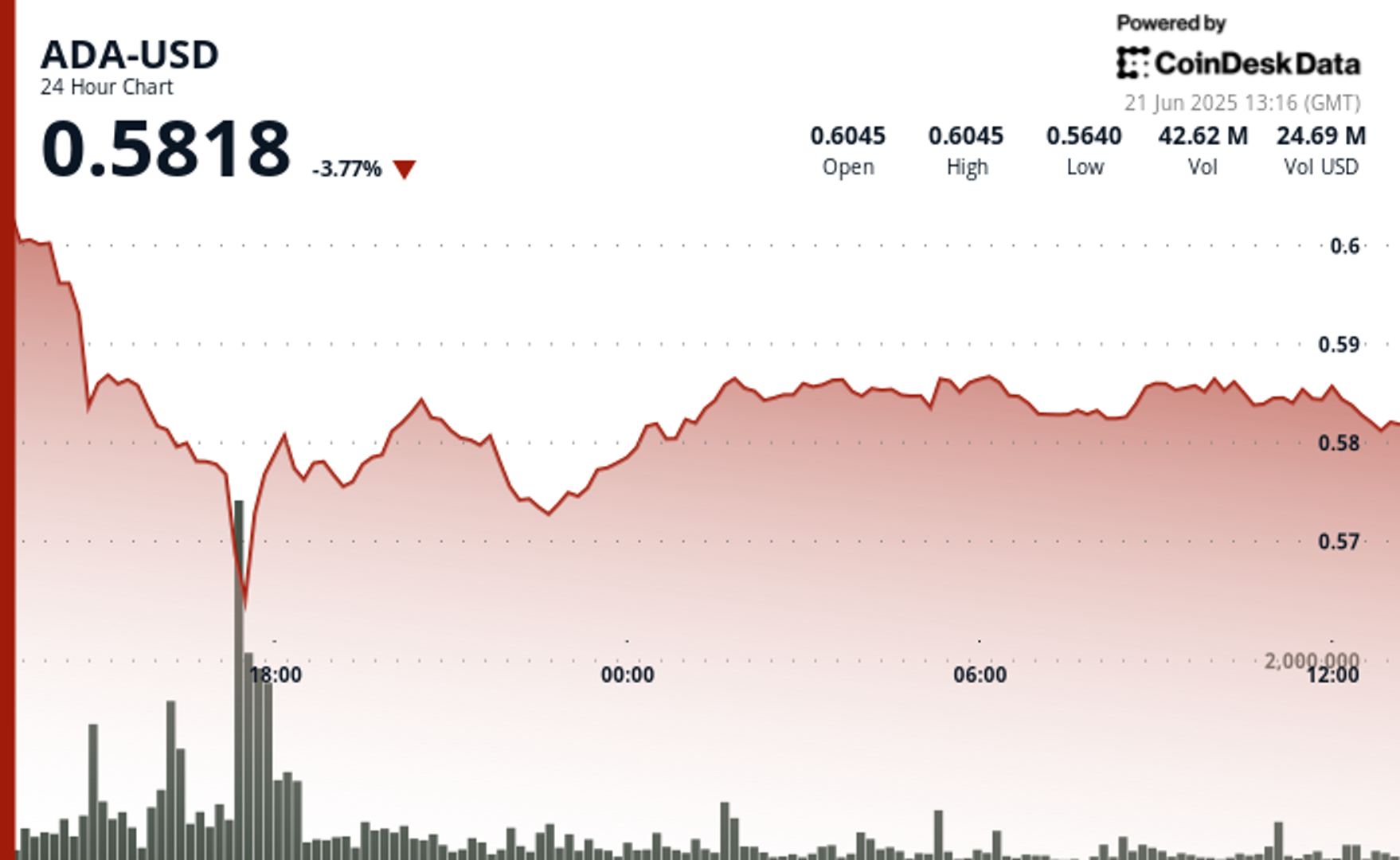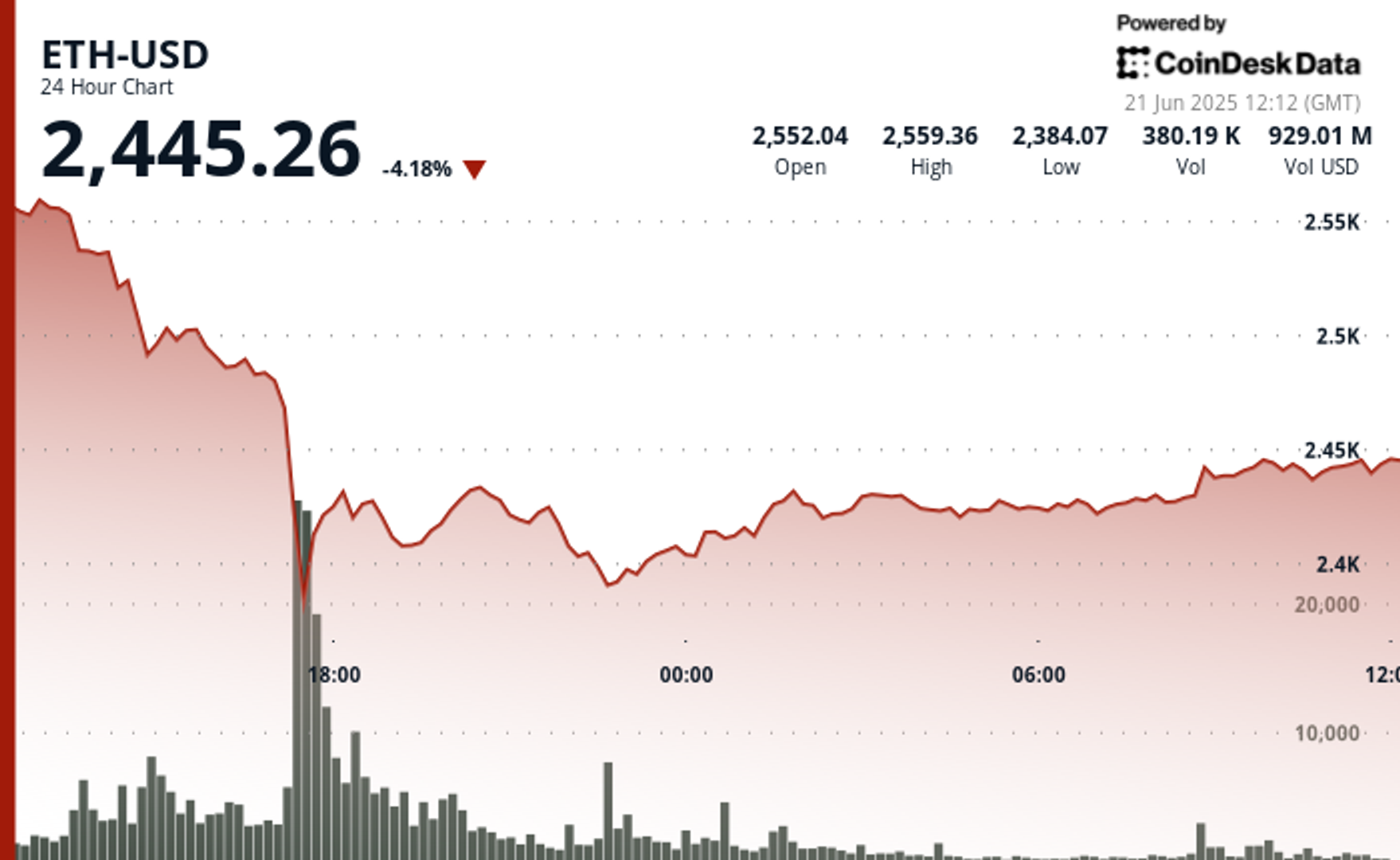Onimusha: Way of the Sword Skilfully Sharpens a PS2 Classic for a New Generation | Gamescom 2025

It’s safe to say we’re currently living through a golden age for swordplay games. Sekiro and Ghost of Tsushima lead a pack of accomplished duelers where every strike, lunge, and parry feels supremely satisfying. Hoping to find a place among them is Onimusha: Way of the Sword, Capcom’s long-awaited return to a series slumbering since the PS2 days. And, based on a small sample I’ve been able to play at gamescom 2025, I’d say its chances are looking very good indeed.
Set in a dark fantasy reimagining of Kyoto during the Edo period of Japan, Onimusha: Way of the Sword has you take up the sharpened blades of Miyamoto Musashi, a swordsman sporting both the face of the late legendary actor Toshiro Mifune and a talking gauntlet that eats the souls of dead enemies. That second point is the more pertinent one; fallen foes drop souls, represented by flames that float around the battlefield before being sucked up by your hungry jewelry.
Right, before you get any wrong ideas, Onimusha may have souls but it is absolutely not a Soulslike. On its default “action” difficulty setting, Way of the Sword is not particularly punishing, at least not in this 30-minute demo (which, admittedly, does feel plucked from very early in the story). It certainly requires skill to get the most out of the enjoyably flashy combat, but generous parry windows, a block that protects from all angles, and cushioned enemy attacks mean Onimusha seems on track to be one for all action fans, not just the FromSoft fanatics. And while I would have liked to have faced a steeper challenge in this demo, the foes I faced – especially the end-of-level boss – felt well-judged.
I’m particularly impressed by how combat is built on a foundation of both health and stamina. Enemies are, of course, defeated by bottoming out their health bars, but each time you strike or deflect their attacks, you erode away their stamina bar. If that hits zero, the foe becomes exhausted, quite literally pausing to catch their breath. This is, of course, the perfect time to strike – a single button press triggers a “Break Issen” move that violently dismembers your target. The animations are gloriously extravagant and can be chained together if a couple of enemies have been exhausted at the same time.
For regular enemies, breaking their stamina spells instant death. And because parries quickly exhaust fodder, you’re rewarded for honing that skill – you take less damage and get to witness cool kills. I’m deeply amused by how you can deflect arrows back at archers who then, winded by their own projectile, stand around simply awaiting their fate of single-click decapitation.
But things change when it comes to boss fights. The demo’s final clash against the exuberant Sasaki Ganryu – a tall, gangly samurai powered up by his own Oni gauntlet – is a much fiercer affair in which you’ll deplete his stamina bar at least once before being able to deal the final blow. In this situation, an alternative version of “Break Issen” plots two marks on your target: strike the red one and you’ll be rewarded with a burst of extra damage, hit the purple to generate a bonus batch of souls.
And that brings us back to souls. These flickering flames are colour coded; red souls are used to purchase upgrades, while blue souls feed your Oni Power Gauge, which when full can be used to unleash special attacks. Yellow souls, meanwhile, are rarer and replenish your health. All three are vital, not just for their individual properties, but for how they form a cycle.
For instance, in the demo Musashi was equipped with the Two Celestials, a twin-dagger special weapon that reaps yellow souls from fallen enemies. It can only be used when the Oni Power Gauge is topped off. As it’s a powerful attack that requires resources, it’s sensible to use it against tougher opponents who, naturally, deal more damage. Killing such foes with the Two Celestials basically refunds damage you take thanks to the yellow souls the attack creates. And so there’s the cycle - you kill foes to gain blue souls, which powers up the ability to use special attacks, which cause enemies to drop yellow souls, which instantly heal you from the wounds sustained during that fight. It perhaps doesn’t feel quite that elegant in-game, but there’s a clear system upon which battle thrives.
There are other examples of that, too. Successful parries generously build a diamond-shaped meter that eventually causes your blade to temporarily erupt with damage-buffling blue sparks. Hitting that mark feels fantastic – the animation alone makes it feel as if the battle has been hit by a shot of adrenaline – but if you can continue a successful chain of deflects, you can sustain that buff seemingly indefinitely. It’s another smart system that rewards consistent skill with your blade.
It’s only when I came to write this preview that I realised that Onimusha is very much a game about managing gauges and meters. You need to deplete health bars and stamina meters, build power gauges, and keep other buff-providing vessels topped up. On paper, that may sound dull and overly mathematical for a game about supernatural samurai fighting through demon-infested feudal Japan, but in practice it works well. That’s entirely down to the fact that the implement for juggling those meters – your sword – feels fantastic to wield.
The parry window may be wide, but the ringing clang of a deflect is supremely satisfying, especially because the subsequent counter attack animation is so extravagantly slick. Slicing through the amusingly gross regular “Genma” enemies, which range from mutant swordsmen to what I can only describe as demonic floating Furby heads, feels great, but it’s the boss fight that really sold me on Onimusha’s swordplay credentials. There’s almost certainly a secret science to nailing the feel of when steel lands on steel, and Capcom has absolutely cracked it – there’s an energetic flow each time the warrior’s blades meet and push each other away. And while the duel against Ganryu doesn’t feel destined to go down as an all-timer – it is, ultimately, too easy to enter those halls – I think it acts as a decent enough promise that, further into the campaign, there will be something that stands up to the very best of Ghost of Tsushima.
The gamescom demo may have been short – little more than some winding paths and a boss fight in a temple – but it’s more than enough to convince me that Onimusha: Way of the Sword is built on rock-solid swordplay fundamentals. I’m genuinely excited to master them and take on its campaign’s toughest challenges. But it’s also made me curious about several other things. As a tutorial-styled section, the demo had no real exploration opportunities, so it’s currently unclear what kind of scope the environments will work with. Then there’s the story, which caught me off-guard with its humour. There’s hints of an amusingly rocky relationship between Musashi and the voice inside his Oni gauntlet, and the pre-boss battle banter was just on the right side of goofy. I’m fascinated to see where Capcom has drawn the line between a dark samurai tale and sparky anime humour. But even if that line ultimately ends up drawing an uneven balance, I’m confident Onimusha’s razor-sharp combat will more than make up for a few bad jokes.
Matt Purslow is IGN's Executive Editor of Features.
What's Your Reaction?
 Like
0
Like
0
 Dislike
0
Dislike
0
 Love
0
Love
0
 Funny
0
Funny
0
 Angry
0
Angry
0
 Sad
0
Sad
0
 Wow
0
Wow
0


